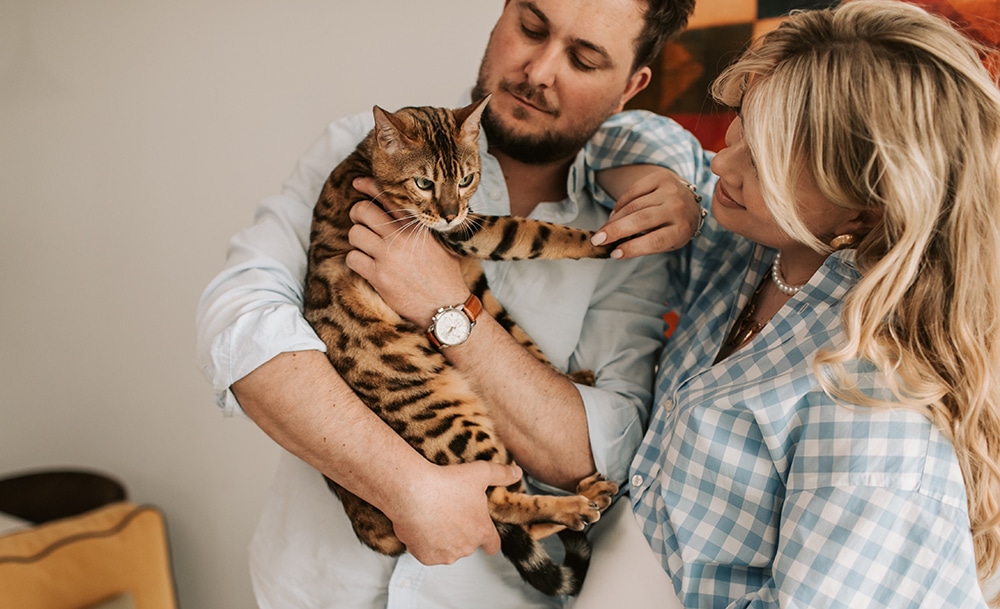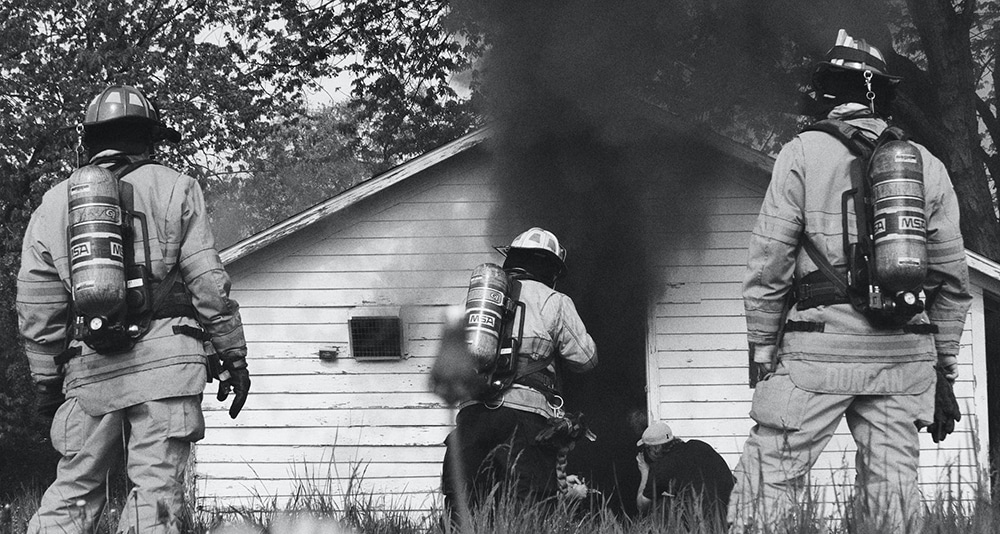Knowing about pet fire safety is an important part of being a pet owner. According to the National Fire Protection Association, an estimated 500,000 pets are affected by house fires each year with around 1,000 of those fires being accidentally started by pets. Read on to learn ways pets can accidentally cause a fire, how to prepare for a fire and what to do during a fire.
Ways Pets Can Cause a Fire
Pets Knocking Items Over
Animals are curious and happy creatures. A cat climbs on furniture and counters to explore their environment. A dog’s happy tail and rambunctious nature makes it easy for them to come in contact with items at their level.
Keep burning candles off of low tables or remove candles from your home completely. You may also want to consider switching to battery-powered candles if you want candles within your pet’s reach.
Make sure lamps are not on the edge of a side table and the space heater is out of the way. Have curious climbers? Provide other climbing options for your felines such as a cat tree or a catio.
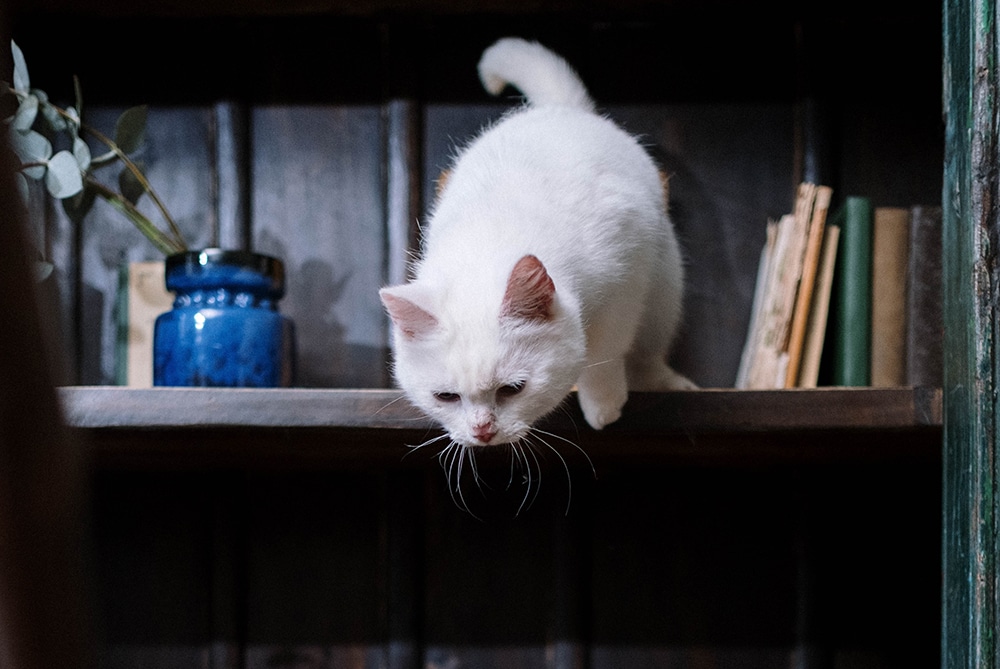
Pets Chewing Electrical Wires and Cords
Cats and dogs have a tendency to chew. Electric wires and cords can easily become an animal’s next target to satisfy their desire to nibble, and a broken circuit’s pathway can result in a fire.
Properly store unused cords and wires in a safe place out of a pet’s reach. Keep used cords and wires tucked away behind or underneath items and furniture. Another tip is to have bones and chewing toys within easy reach to give to pets when they feel the urge to chew.
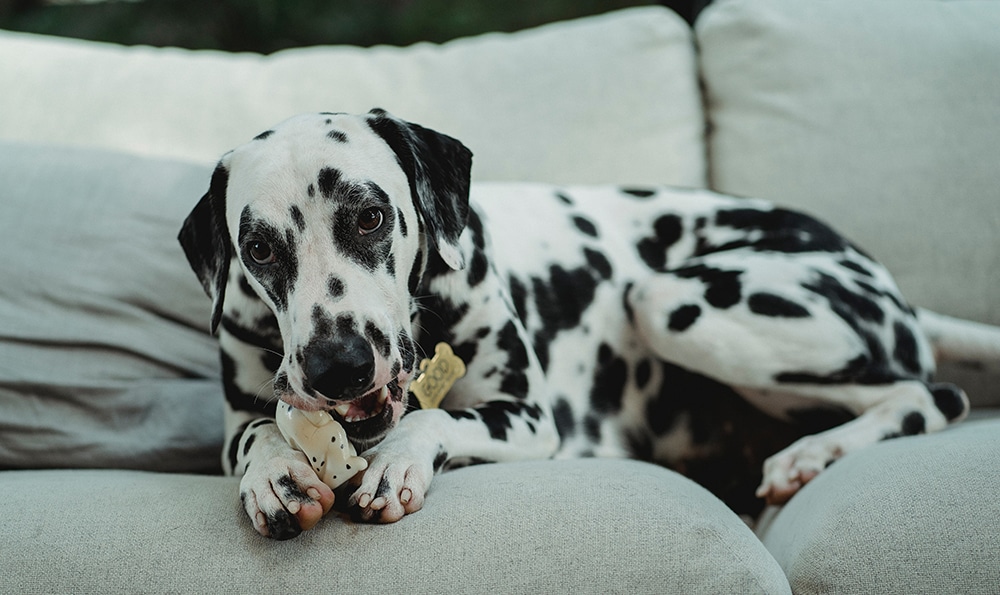
Fireplace Pet Safety
The hot embers in a fireplace can easily set the room ablaze when disrupted. A pet can accidentally come in direct contact with the hot embers and set their fur on fire. An animal can also place their toy or blanket too close to the heat source, and the item could catch flames.
Purchase a pet proof screen or safety barrier to install around a fireplace. Keep your pet’s toys, blankets and beds far away from that space. Train your pet to keep clear of the area closest to the fireplace.
Stove Tops Pet Safety
The stove is also a potential fire hazard for pets. The knobs on the front or top of the oven are easy to turn and an item could be knocked over onto a hot burner. Not only could a fire start but carbon monoxide could be consistently released into the air when a burner is turned on.
For pet fire safety remove the stove knobs or use knob covers before you leave the house or kitchen unattended. Secure the kitchen area with closed doors or baby gates to prevent pets from wandering in without supervision. Another option is to train your pet to completely stay out of the kitchen.
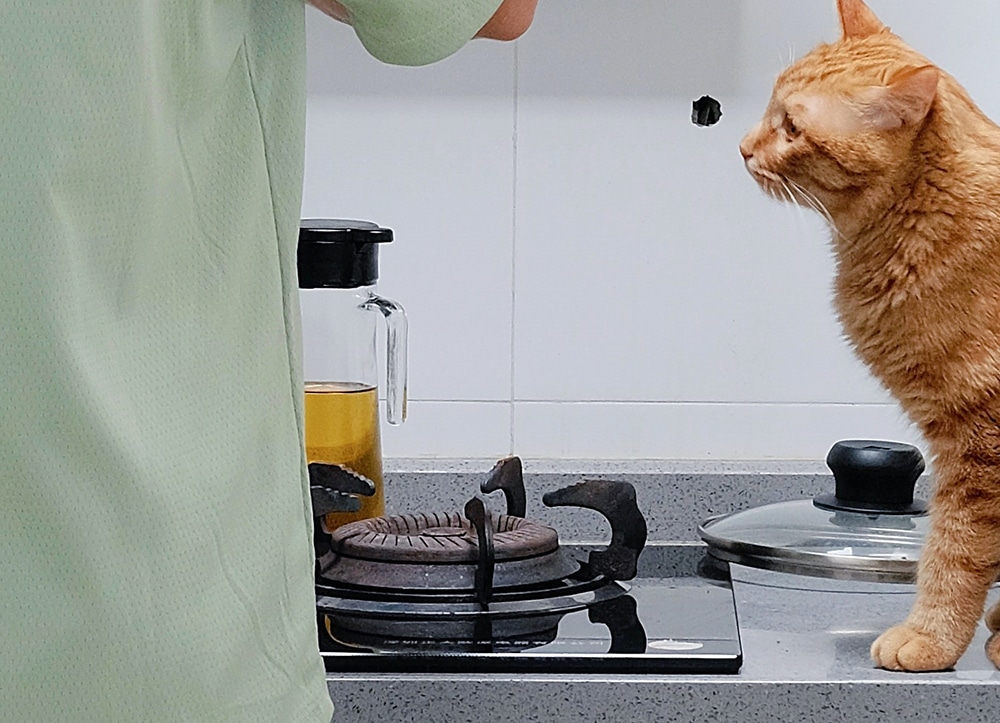
How to Prepare for a Fire
Fire Evacuation Plan for Pets
Even with the best of precautions a fire can still occur. Create a fire evacuation plan that includes pets. Discuss with family members to decide who is responsible for which pet and who is responsible for the pet supplies. Assigning clear roles to those in the household prevents confusion during an emergency.
If your pets tend to hide, be aware of all of their hiding spots and create easy access to those areas for someone to reach them easily and quickly. Keep leashes and collars near exits to prevent having to search for those items. Another helpful tip is to practice the fire evacuation plan with your pets and family members.
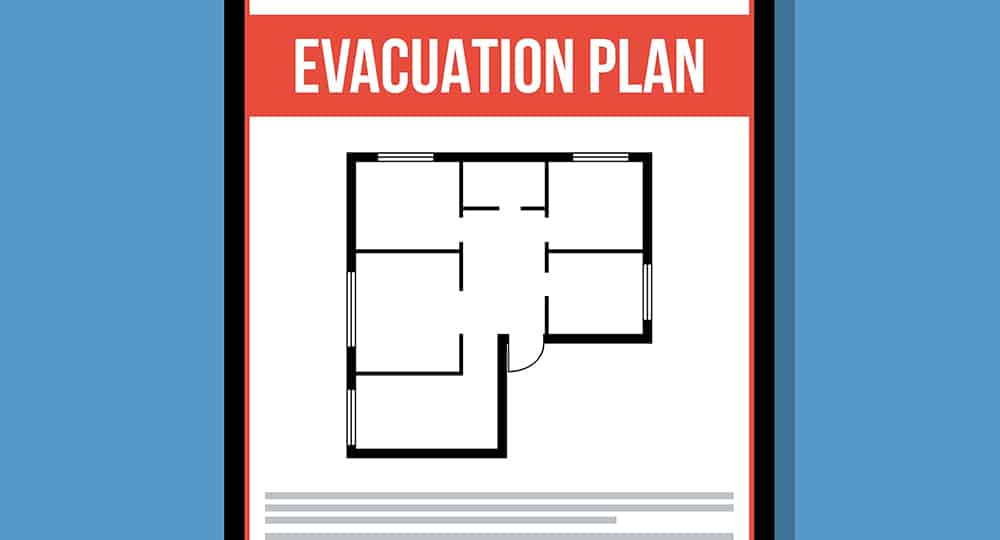
Update Pet Info
Update your pet’s information in their ID collar and on their microchip. An animal may run away from the fire or get lost in the commotion. By having their information up-to-date it becomes easier for you and rescuers to locate the cat or dog.
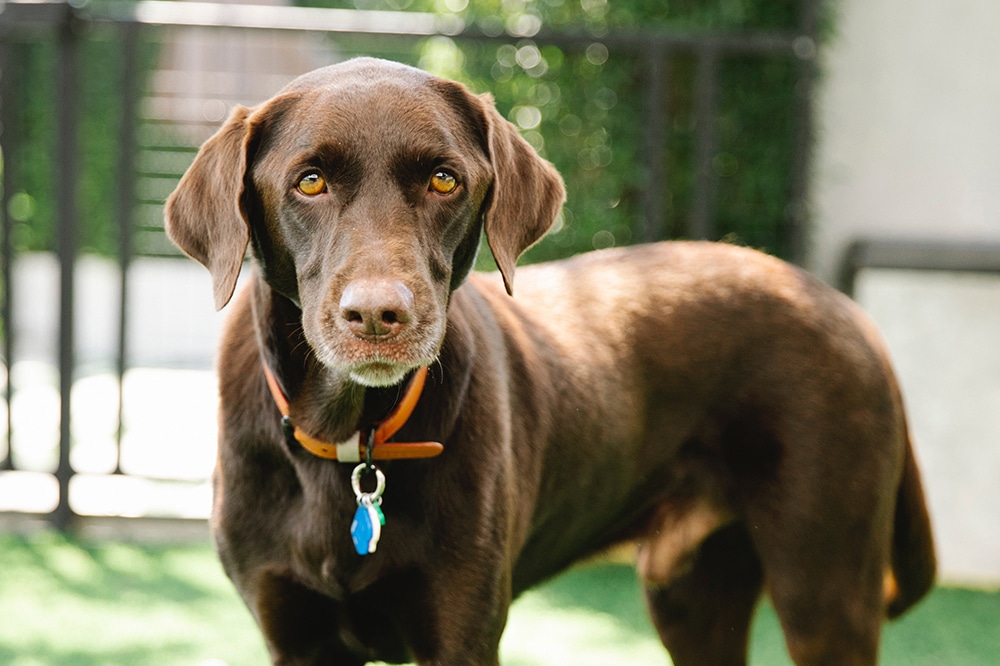
Monitored Smoke Detectors
Use monitored smoke detectors that are connected to emergency responders. This ensures that even when an owner is not home, the fire department gets alerted and dispatched to the residence.
Put Pet Crates Near Entrances
Place animals who are normally crated near entrances when away from home. This helps first responders to grab your pet as quickly as possible without having to do a long search for them in the house.
Let First Responders Know You Have Pets
Put up a pet alert sign on an outside window for pet fire safety. These pet alert window clings inform emergency responders that one or more pets are in the house and they may need rescuing.
What to do During a Fire
When a fire emergency happens follow the fire evacuation plan. Locate your pet, grab them and exit the area as quickly as possible. When outside, put their collar and leash on or put them in their carrier. Take them to a quieter spot further away from the commotion to help calm them down. Keep an eye on their condition and call your vet if they are showing symptoms of smoke inhalation.
Sometimes things do not go according to plan. If the animal cannot be located or is delaying escape, leave immediately. Do not endanger yourself or your family members. Leave the door open and call to your pet from a safe distance. Inform emergency responders when they arrive that an animal is inside and where they might be located in the house.
The Importance of Pet Fire Safety
Unexpected emergencies can happen at any time. Being unprepared can put you and your pets at risk. Creating a fire evacuation plan that includes your household animals helps everyone to escape the dangerous area quickly and orderly. Understanding how your pet can accidentally start a fire and knowing how to prepare for a fire reduces the odds of a catastrophic house fire.
